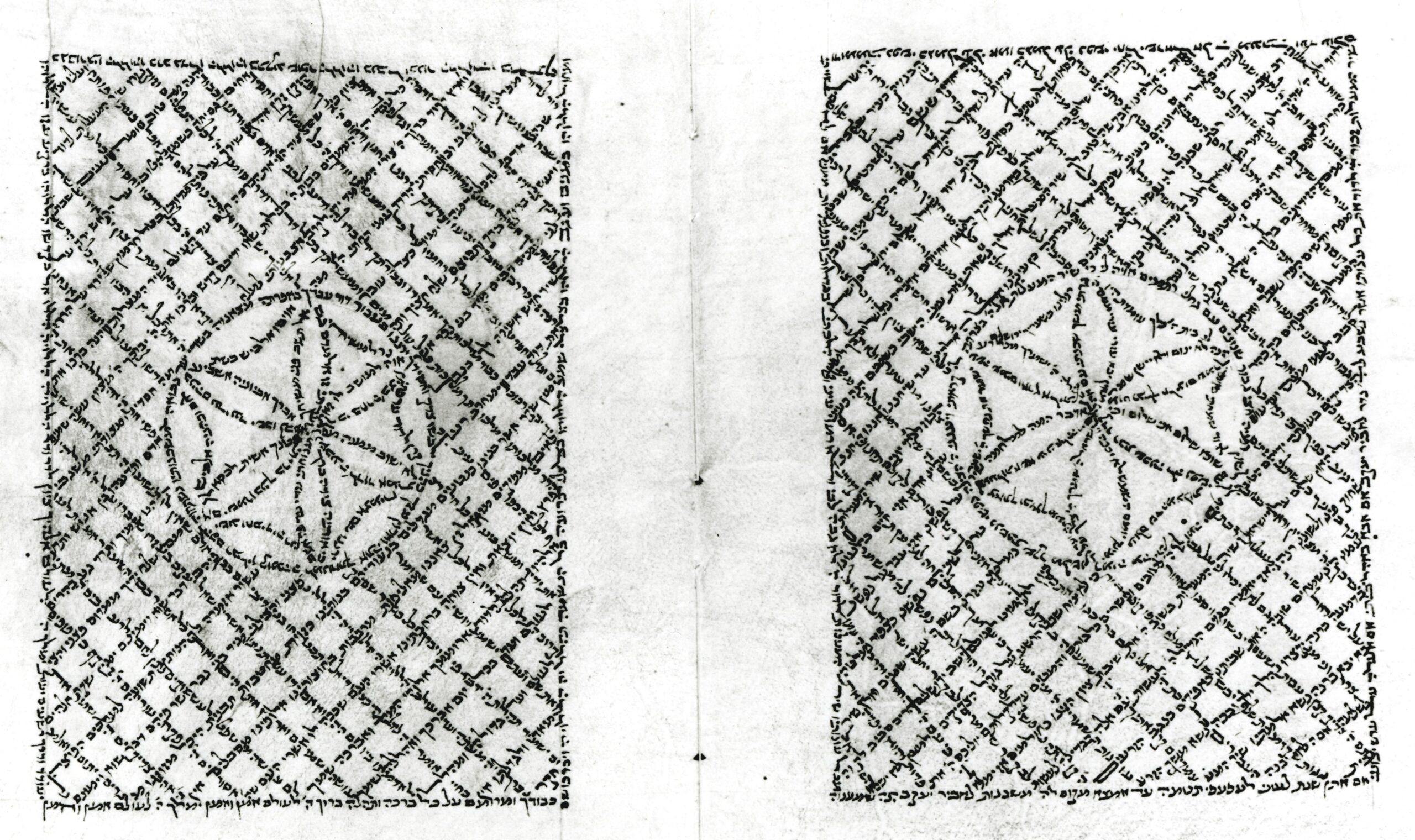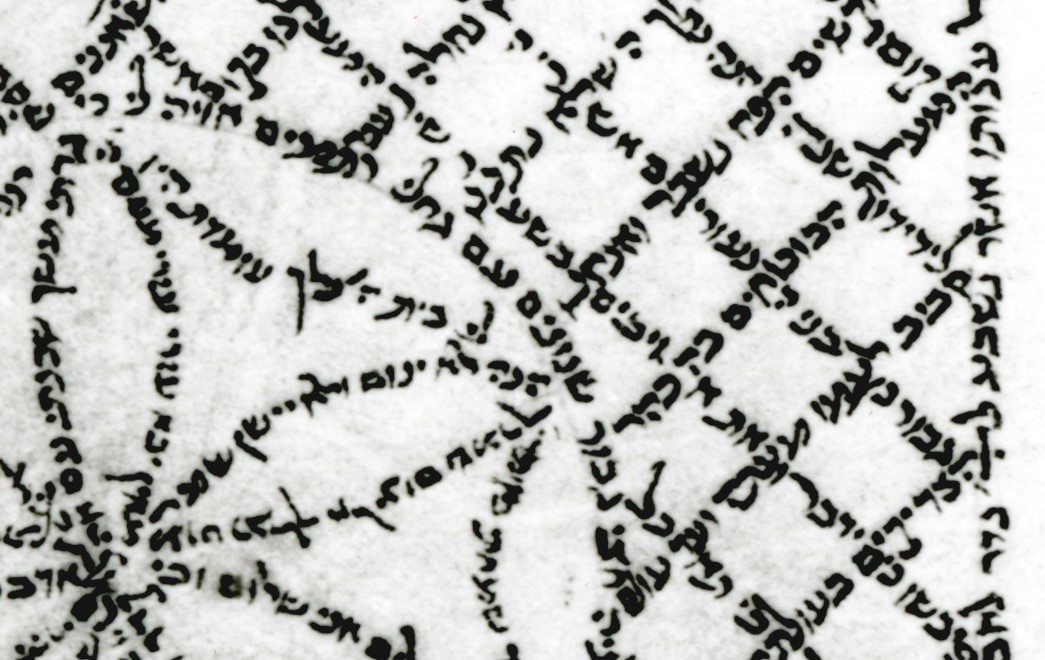The Beauty of the Word


Take a look at these pages from a volume in our collection (Manuscript L58) that includes the Pentateuch and Psalms, along with Masoretic notes and a grammatical introduction. It will not surprise you to learn that it was written in Yemen in 1325. Locating the manuscript in this time and place doesn’t surprise, because, stylistically speaking, it is so similar to Islamic art of the same period. As you may know, Muslims overwhelmingly avoided representation of living creatures in their art (the same cannot be said of Jews, who habitually ignored the second commandment), preferring to create their “images” with the words of scripture (in their case, the Quran). Here, the Hebrew scribe does the same thing, using the words of his scripture to create a beautiful (and very “Islamic”) “carpet page.”

Now, this is of course evidence of cultural influence—a phenomenon we have seen before. But it is more than that as well, for this Hebrew scribe, along with the Muslim artists he emulates, understands that true beauty is embodied in the words of God. It is the gift of God’s revealed word (as each religion understands it) that is beautiful, so the beauty of the word deserves to be beautified through beautiful and intricate creations that employ the words themselves. If only we understood the importance of this nexus, we would never again create a mundane, unbeautified book! To accomplish this, the student and the scholar need the brilliance of the artist, whose art can enrich all our hearts.



